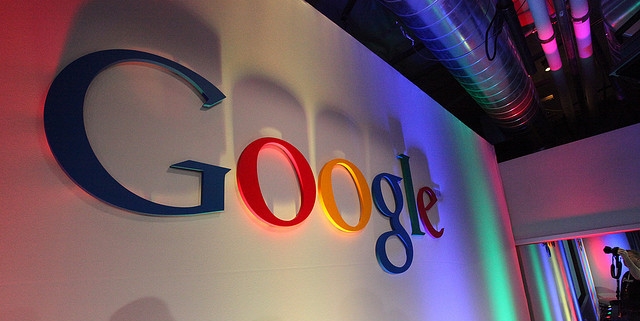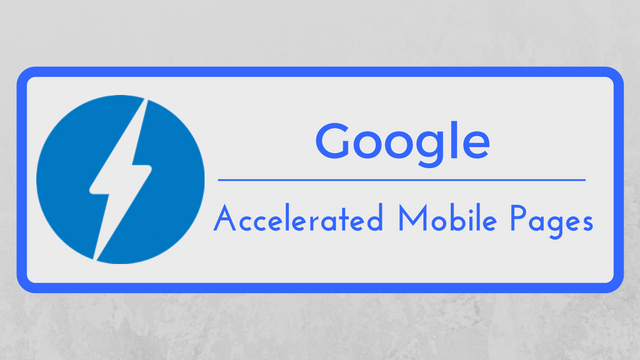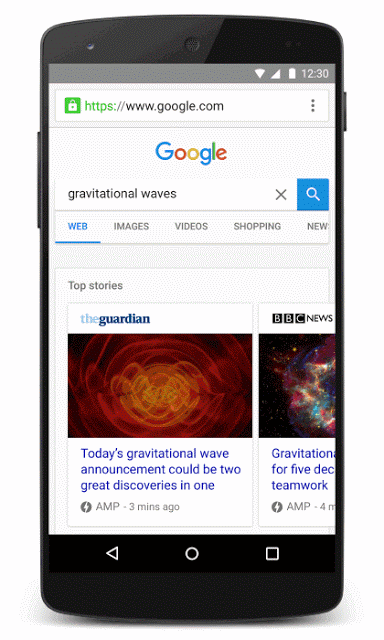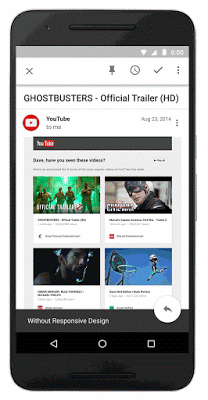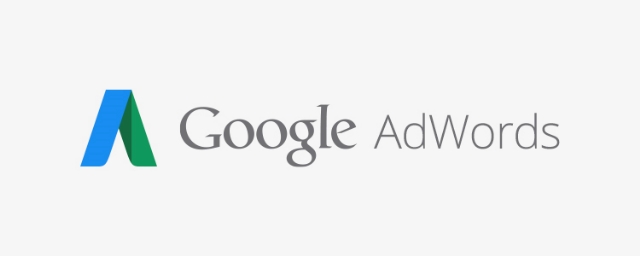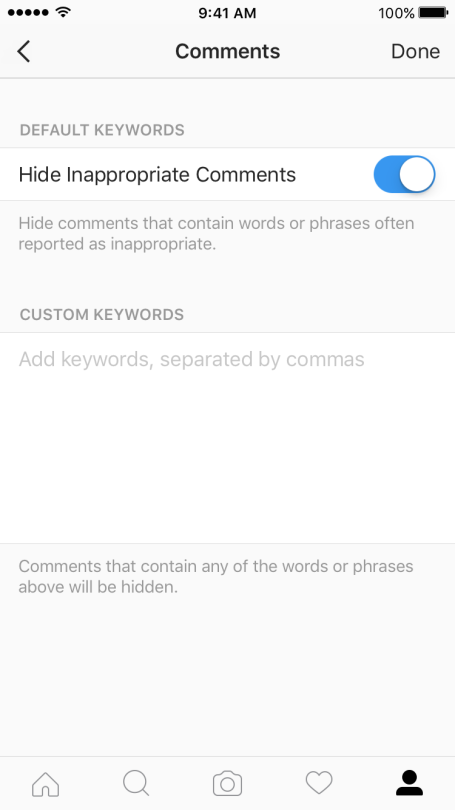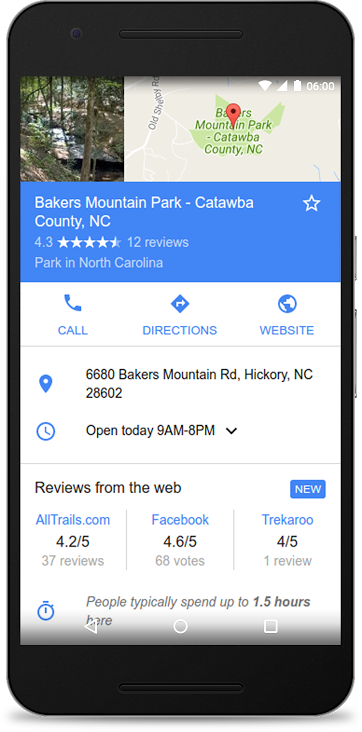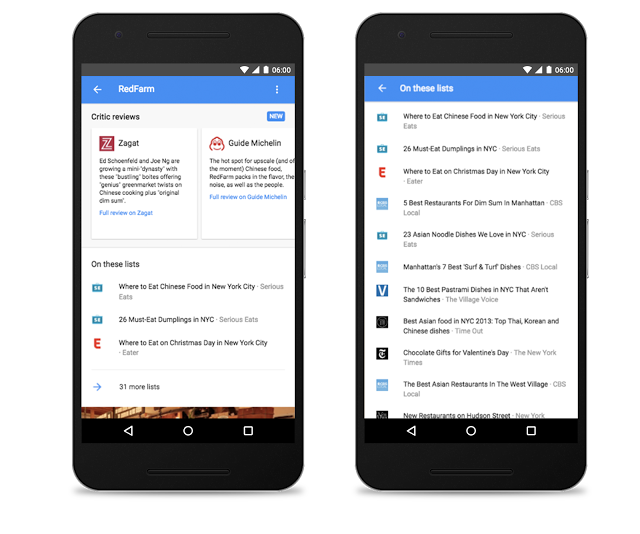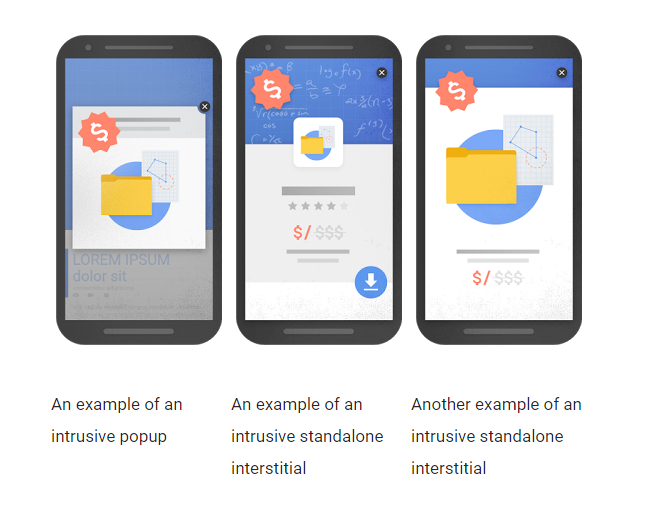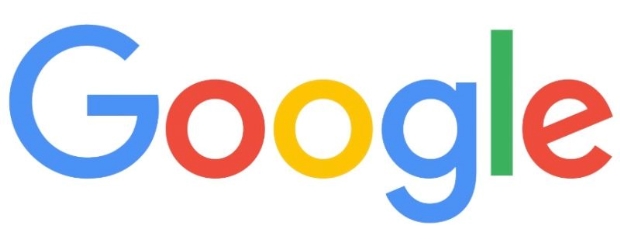
Google is increasing its efforts to combat fraud on its search network with new verification processes aimed at weeding out scammers and con artists.
According to an email sent to several of Google’s biggest contributors, the company is testing an advanced verification process in San Diego aimed at stomping out a growing scheme in the locksmith and plumbing industries.
All locksmiths and plumbers currently verified on Google will have to go through the new verification process. If you don’t do so before November, Google will un-verify your listing and remove you from Google Maps.
New applicants hoping to be verified on Google will also have to go through the process, which Google promises is simple. Companies will go through a series of questions from Google and complete an application with a third-party verification company. In total, the entire process should take approximately two weeks to get verified.
You can find out more about the new advanced verification process being tested for locksmiths and plumbers around San Diego in the new Google My Business help article.
Now, you might be wondering why Google is targeting locksmiths and plumbers when there are so many fraudulent businesses online. This is because one of the quickest growing online scams is being conducted by people presenting themselves as locksmiths.
The scam goes like this:
- A person is locked out of their home and turns to Google to look up local locksmiths
- They are shown AdWords ads and Google My Business listings for businesses promising cheap and reliable services.
- When they call one of these ads or listings, they are actually directed to an offshore call center who dispatches a local representative to your home.
- The “locksmith” arrives and immediately chooses to drill open the lock, leaving the person with a huge bill.
- Instead of a cheap service you are stuck with excessive costs and a busted lock.
The scam has gotten so prevalent it has even been detailed in the New York Times. A simple search for “locksmith scam” shows just how many people have already been affected by it. Similar scams have since started popping up in other home improvement sectors like plumbing and roofing, which is likely why the new process is extended to plumbers in San Diego as well.
Google is hoping the new verification process should weed out the fraudulent actors populating its search results. Currently, it is hard to predict just how effective it will be. But, if Google sees positive results you can expect to see the system roll-out to the rest of the country in the not-too-distant future.

